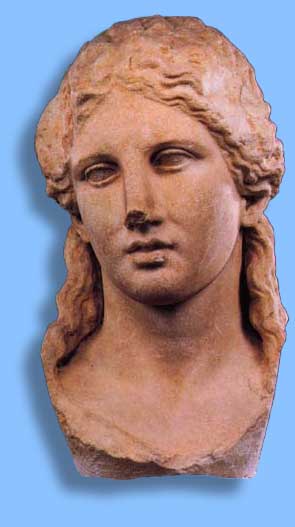

For several years I have been exploring the religious activities of women in the Greek city of Epizephyrian Locri in southern Italy. During a study leave in 2003-2004 I focused on women?s rituals at a cave of the nymphs in Locri (the Grotta Caruso), exploring its connections to the chthonic aspects of Persephone in Magna Graecia and to the Underworld and theatrical aspects of Dionysus. In exploring the archaeological evidence left behind in these sanctuaries I was surprised to find a surprising number of figurines of comic actors and masks from the comic theatre. This has led me to work on the hypothesis that women's chthonic rituals in the Greek West contributed to the development of Greek comic theatre. I intend for this to become a monograph that will combine archaeological and literary evidence from the late Classical and Hellenistic period.
|
 |